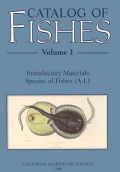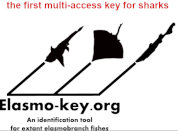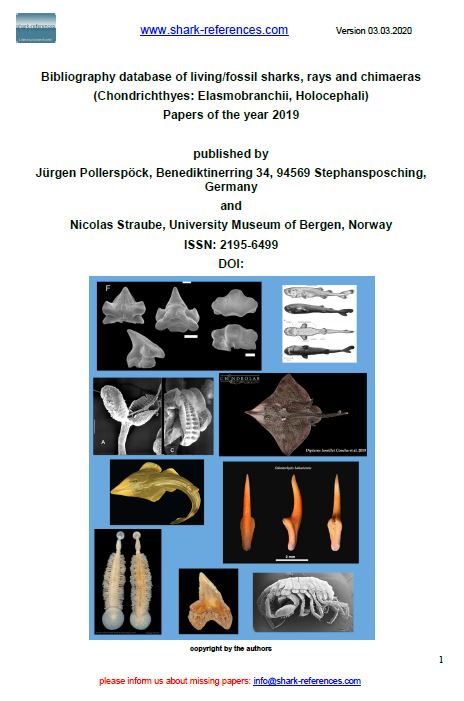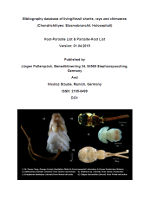
Impacts of artisanal fishing on elasmobranchs along the Brazilian Amazon Coast. Fisheries Research, 284, Article 107304
DOI: 10.1016/j.fishres.2025.107304

Opportunistic sightings of manta rays on Brazil's Amazon Coast Journal of Fish Biology, 104(5), 1611–1618
DOI: 10.1111/jfb.15593


First Record of Shortfin Mako Isurus oxyrinchus in the Brazilian Amazon Coast. Thalassas, 40, 1291–1296
DOI: 10.1007/s41208-024-00719-w
Assessment of the physiological vulnerability of the endemic and critically endangered Daggernose Shark: A comparative approach to other Carcharhiniformes. Frontiers in Marine Science, 10, Article 1116470
DOI: 10.3389/fmars.2023.1116470

Unveiling the Threats Beneath: Fish Mislabeling in the Brazilian Amazon Coast and its Impacts on the Critically Endangered Daggernose Shark. Fisheries, 48(11), 469–473
DOI: 10.1002/fsh.10983
Research trends on elasmobranchs from the Brazilian Amazon Coast: a four-decade review. Biota Neotropica, 21(4), Article e20211218
DOI: 10.1590/1676-0611-bn-2021-1218

















